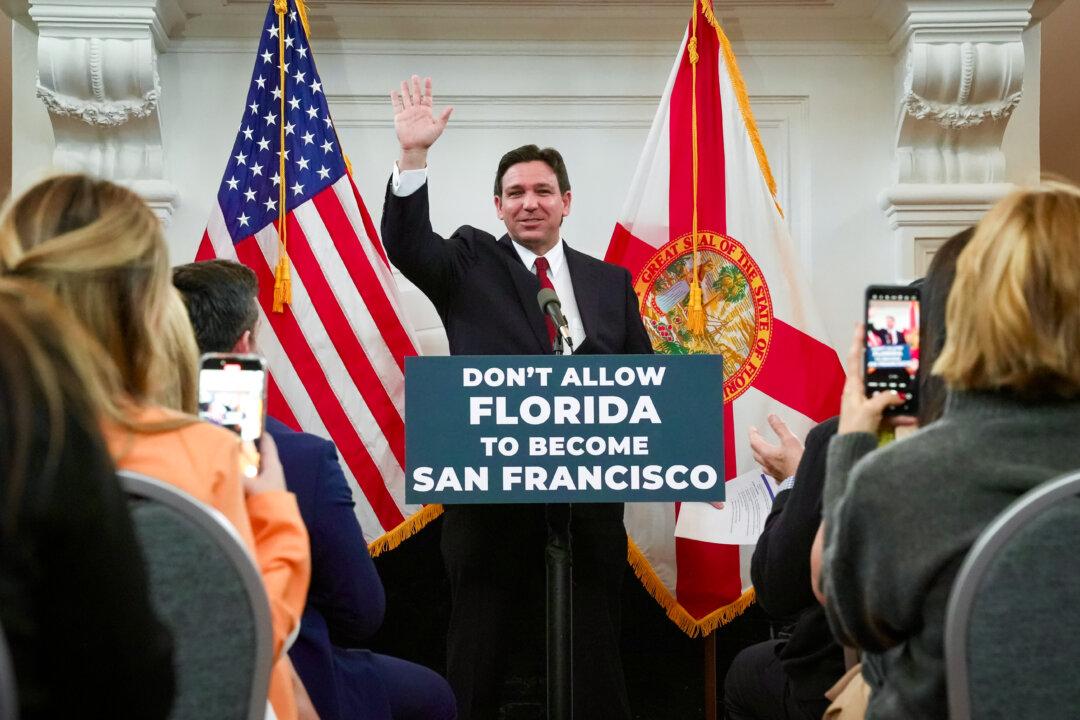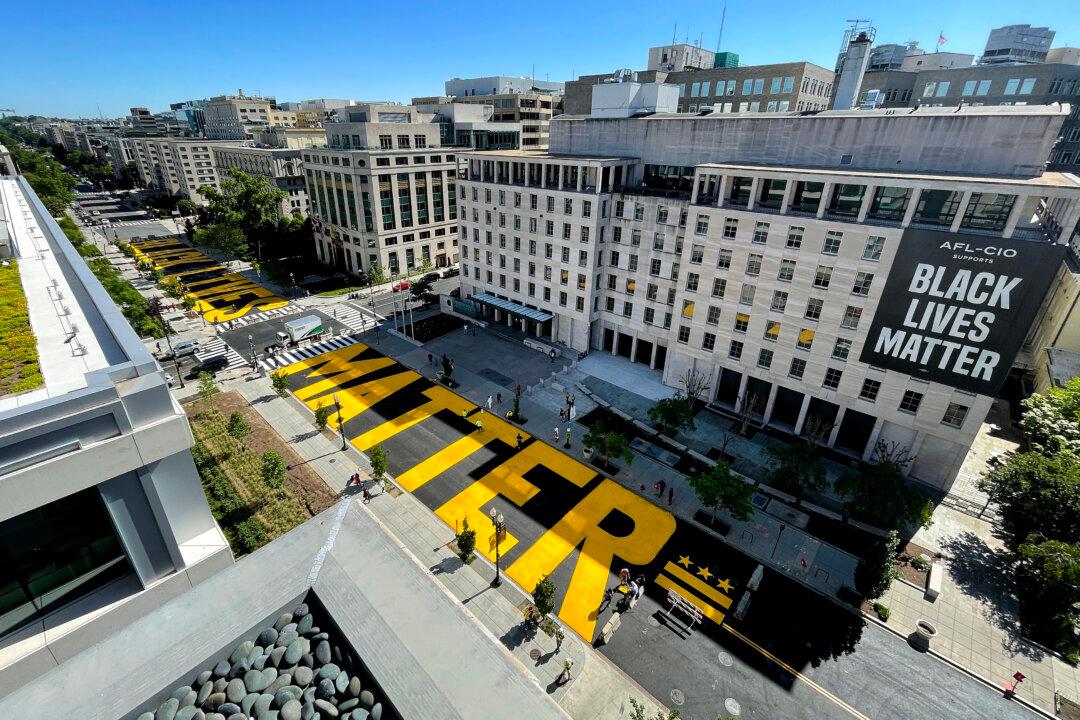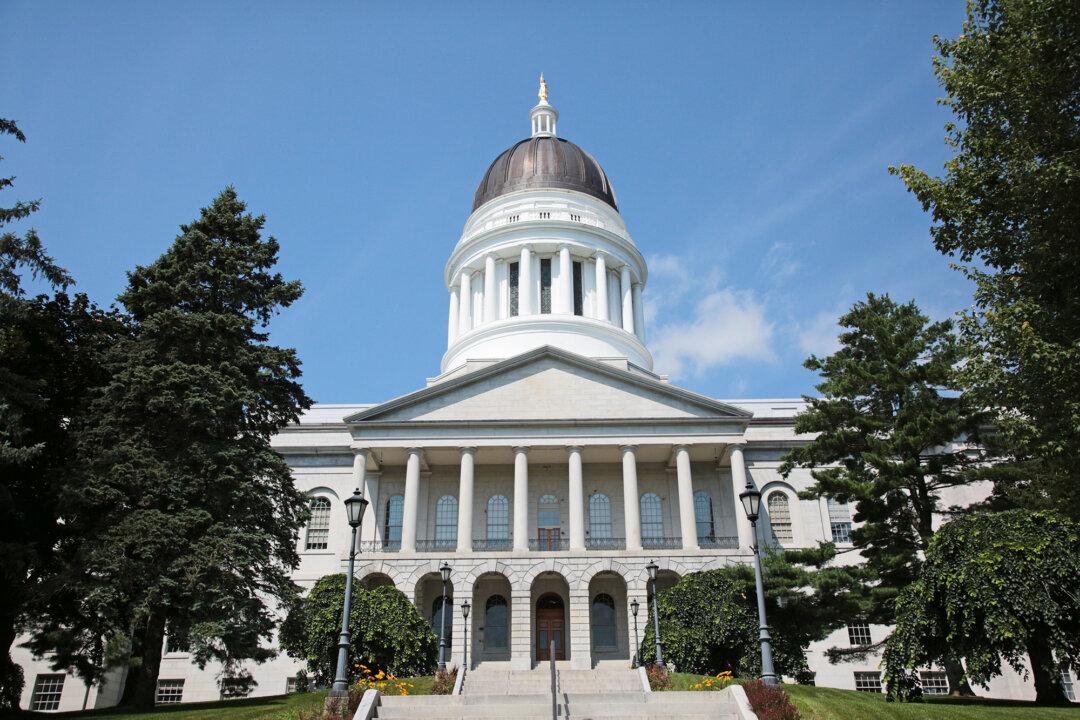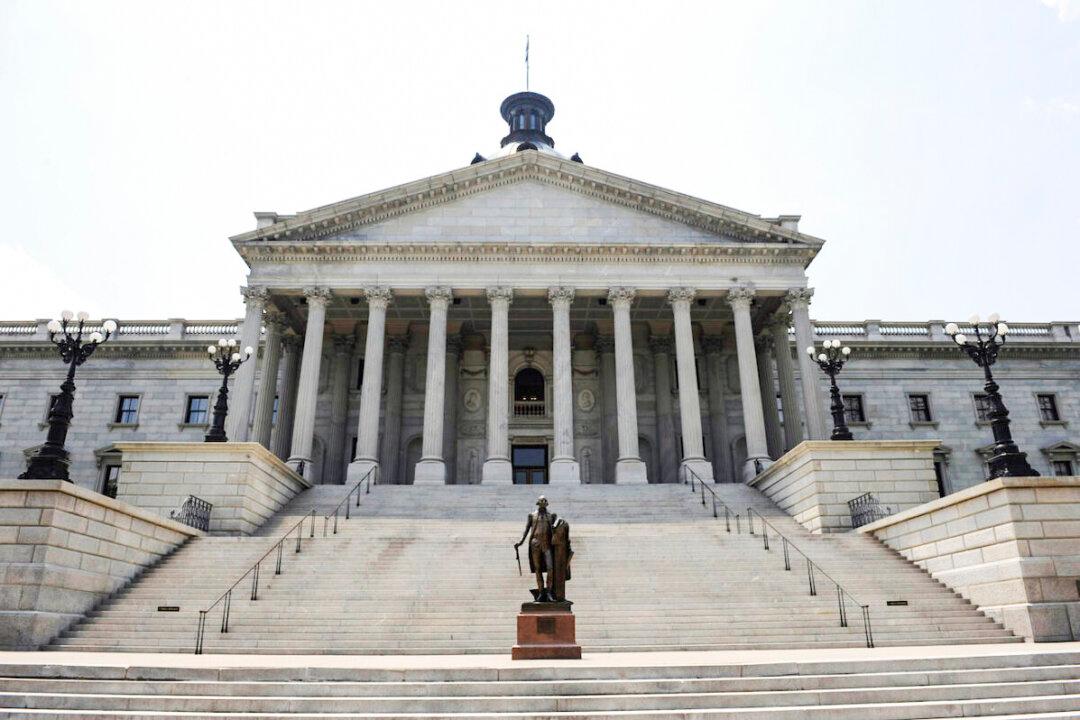In the aftermath of Hurricane Ida, New Orleans bakes in a strange silence.
The muffled buzz of a few generators and the splatter of cars cutting through inches-deep water are the only modern noises. A thick pudding of bayou mud covers the ground. For a while, there’s no barrier between nature and the bayou’s people.




